Yes, grooming can trigger anxiety in dogs due to sensory sensitivity, fear of unfamiliar tools and sounds, or negative past experiences. You can help by using gradual desensitisation, creating a calm grooming environment, using calming products, or seeking professional help when needed.
Canine Grooming Anxiety: A Serious but Solvable Challenge
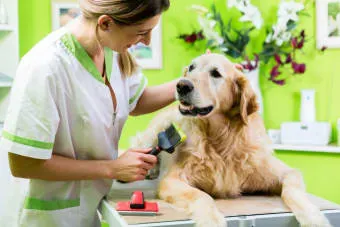
Grooming isn’t just about keeping dogs clean—it’s an essential part of their overall health and wellbeing. But for many dogs, grooming can be a source of intense stress and fear. At Careers Collectiv, we recognise how crucial it is for pet owners and grooming professionals to understand the causes of grooming-induced anxiety and how to ease the experience for our four-legged companions.
Whether you’re a concerned dog owner or a professional groomer, this guide is designed to provide a clear, evidence-based, and compassionate look into why dogs become anxious during grooming—and most importantly, what you can do about it.
Understanding the Roots of Dog Grooming Anxiety
What Causes Anxiety in Dogs During Grooming?
Grooming anxiety is often a mix of sensory overload, fear of the unfamiliar, and lack of early conditioning. Here are some common triggers:
- Sensory Discomfort: Dogs often dislike being touched in sensitive areas like their paws, tail, or ears.
- Loud Noises: Clippers, dryers, or even running water can overwhelm dogs with noise sensitivity.
- Unfamiliar Tools: Brushes, scissors, or nail clippers might look harmless to you—but not to your dog.
- Restrictive Handling: Being restrained during grooming can feel threatening or claustrophobic to many dogs.
- Negative Associations: A previous bad grooming experience—such as accidental cuts, rough handling, or even being startled—can have long-term effects.
Recognising the Signs of Grooming Anxiety
An anxious dog won’t always bark or growl. Watch for these more subtle (and not-so-subtle) indicators:
- Trembling or cowering
- Tail tucked between legs
- Excessive panting or drooling
- Whining or growling
- Trying to escape or resist handling
- Dilated pupils
- Sudden urination or defecation
The earlier you identify these signs, the better you can intervene before anxiety becomes deeply conditioned.
Breed-Specific Grooming Anxiety: Not All Dogs React the Same
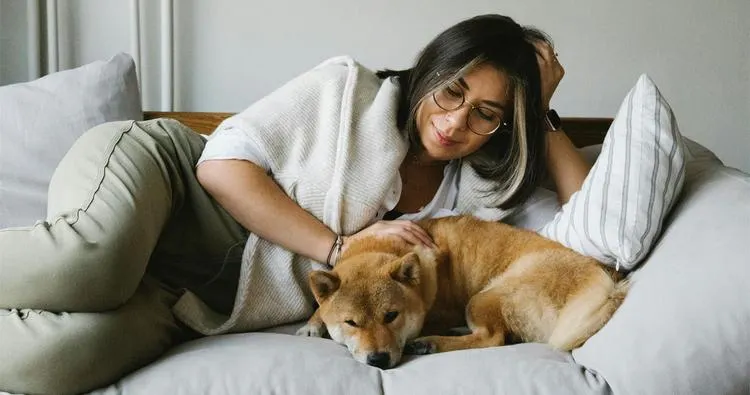
Do Certain Breeds Experience More Grooming Stress?
Yes—some breeds are naturally more sensitive, while others have grooming requirements that make anxiety more likely.
Breeds prone to grooming stress:
- Toy breeds (e.g., Chihuahuas, Yorkies): Often nervous by nature and dislike rough handling.
- Herding breeds (e.g., Border Collies, Australian Shepherds): Hyper-aware of their surroundings and sensitive to touch.
- Hounds (e.g., Beagles, Greyhounds): May have past trauma if adopted from shelters or rescues.
Grooming-intensive breeds:
- Poodles & Doodles: Require frequent grooming, increasing the chance for negative associations.
- Shih Tzus & Lhasa Apsos: Need regular face and paw grooming—often their most sensitive areas.
💡 Tailoring the grooming experience to your dog’s breed temperament and grooming needs helps reduce their fear responses over time.
How to Groom a Dog with Anxiety at Home
If you choose to groom your dog yourself, consistency and patience are key. Here’s how to start:
Create a Calm and Safe Grooming Space
- Use a quiet, comfortable room away from household traffic
- Play calming music (studies show classical music can soothe dogs)
- Use non-slip mats to give your dog stable footing
- Dim lighting to reduce overstimulation
Build Positive Associations with Tools
- Let your dog sniff and inspect each tool
- Reward calm interactions with high-value treats
- Start by brushing for 10 seconds, praise, then end the session
- Gradually build up to longer sessions as tolerance increases
Short, Frequent Sessions Beat Long Marathons
- Avoid grooming marathons. Instead:
- Brush one day
- Clip nails another
- Bathe separately
- Brush one day
- Always end on a positive note, even if you don’t finish
Desensitisation Techniques
- Turn on clippers or dryers nearby without using them—reward calmness
- Mimic grooming movements without actual contact, slowly progressing
Practice handling sensitive areas outside of grooming time (e.g., during play)
Best Grooming Tools for Anxious Dogs
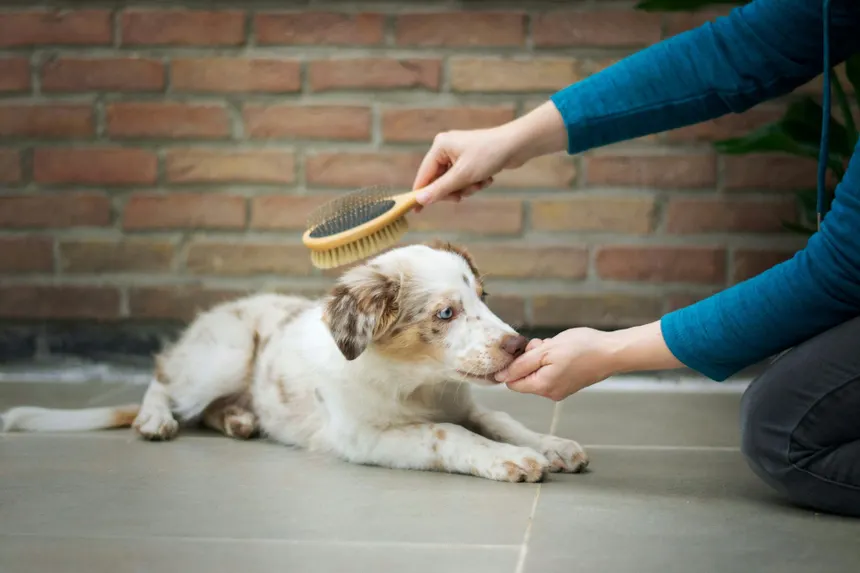
Using the right tools makes a big difference:
- Quiet clippers (low-decibel or cordless options)
- Soft-bristle brushes for sensitive skin
- Rubber grooming gloves for dogs who dislike brushes
- Non-slip grooming mats to give your dog a sense of stability
- Nail grinders (gentler than clippers, though some dogs fear the vibration)
Calming Products for Dogs During Grooming
Natural and Commercial Products to Help Reduce Anxiety
Many products can help take the edge off your dog’s grooming stress. Here are top options:
- Pheromone Sprays and Diffusers (e.g., Adaptil)
- Calming Wraps or Anxiety Vests (e.g., ThunderShirt)
- CBD Treats or Chews (check with your vet first)
- Lavender or Chamomile Oils (diluted in diffusers, not directly applied)
- Pressure blankets or favorite chew toys
Always test products in a non-grooming setting first to ensure your dog responds positively.
Mobile Grooming Services for Nervous Dogs
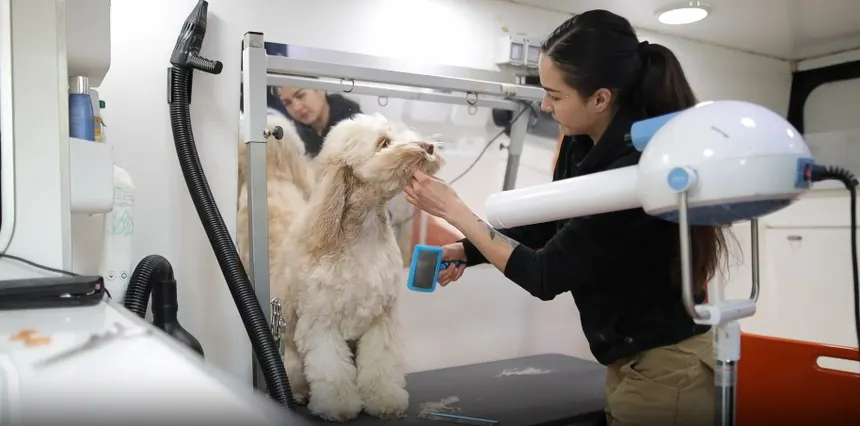
Why Mobile Grooming May Be Better for Anxious Dogs
Some dogs respond better to a mobile groomer who visits your home:
- No travel stress from car rides
- Familiar environment = reduced fear response
- One-on-one attention without distractions from other animals
- Quicker sessions with fewer transitions
Is mobile dog grooming better than a salon in Australia? For anxious dogs, the answer is often yes — the comfort of home can make all the difference.
Careers Collectiv recommends seeking groomers with mobile experience if your dog has extreme anxiety or difficulty adapting to salons.
Choosing a Professional Groomer for Anxious Dogs
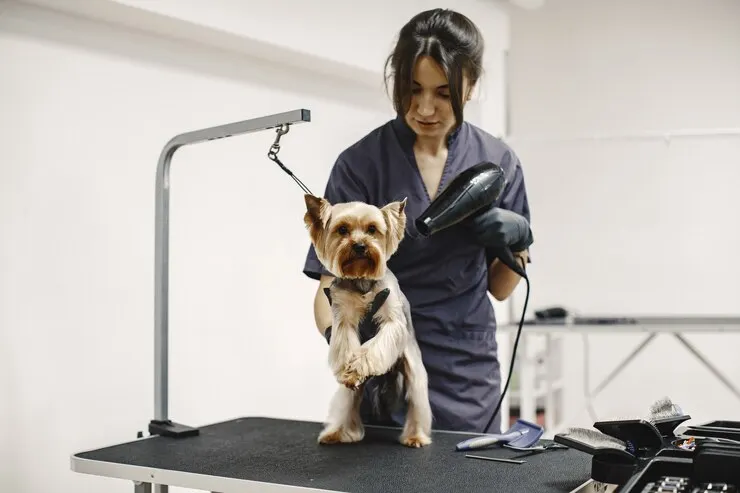
Not all groomers are trained to handle anxious pets. Look for:
- Certifications in fear-free or low-stress handling techniques
- Willingness to let you observe or stay during sessions
- Positive reviews specifically mentioning handling of nervous dogs
- Clear communication about session planning and progress reports
Do all dog breeds need professional grooming? Not necessarily — but for anxious dogs or those with complex grooming needs, working with a skilled professional is essential.
Ask questions before booking. A professional groomer should never rush an anxious dog or force them into uncomfortable situations.
Behavioral Training for Grooming Anxiety
How to Train Your Dog to Tolerate (and Even Enjoy) Grooming
Desensitisation and counterconditioning can transform how your dog feels about grooming.
Desensitisation Steps:
- Break down grooming into micro-steps (e.g., touching paw, then holding paw, then trimming)
- Pair each step with rewards
- Never move to the next step until your dog is consistently relaxed
Counter-conditioning:
- Associate feared tools with high-value rewards
- Example: Clip clippers near your dog, then feed chicken or play with a toy
- Over time, the tool predicts fun, not fear
Integrate these strategies into daily routines—don’t limit training to grooming days only.
When to Seek Veterinary or Behavioral Help
Sometimes, anxiety reaches a level where expert support is needed.
Signs It’s Time to Call in a Professional:
- Dog becomes aggressive or uncontrollably panicked
- You’ve tried home desensitisation without success
- Grooming sessions take hours or end in trauma
- Your dog refuses to eat or hides for hours after grooming
Options Available:
- Veterinary behaviorists who can assess and prescribe anxiety medication
- Certified professional dog trainers (CPDT) with fear-free credentials
- Veterinary-recommended anxiety meds (e.g., Trazodone or Gabapentin)
Don’t wait until anxiety worsens. Early intervention leads to better long-term outcomes.
Calming Techniques for Dogs During Grooming
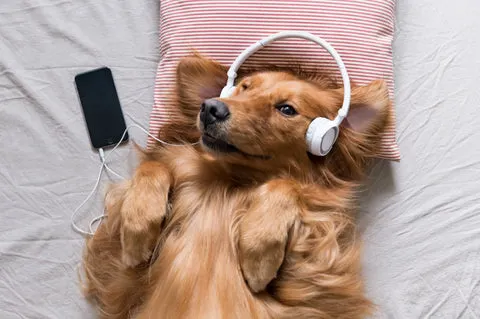
Here’s a quick cheat sheet to refer to during each grooming session:
- Before grooming:
- 30-minute walk or play session to burn excess energy
- Apply calming spray or vest 15 minutes in advance
- 30-minute walk or play session to burn excess energy
- During grooming:
- Speak calmly and slowly
- Take breaks when tension rises
- Feed treats or use lick mats to distract and reward
- Speak calmly and slowly
- After grooming:
- Play, cuddle, or go for a walk to reset the mood
- Celebrate your dog’s success—small wins matter
- Play, cuddle, or go for a walk to reset the mood